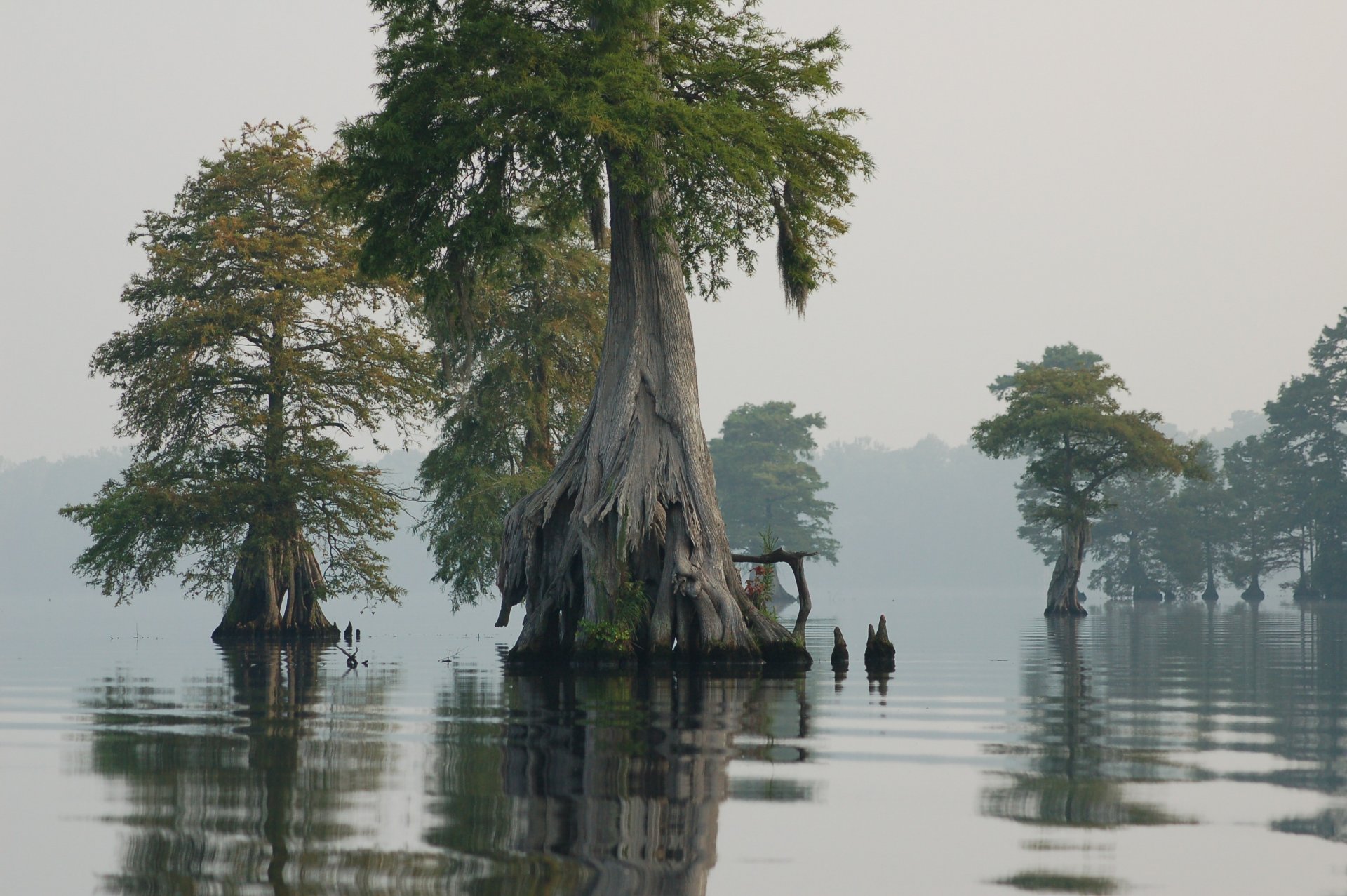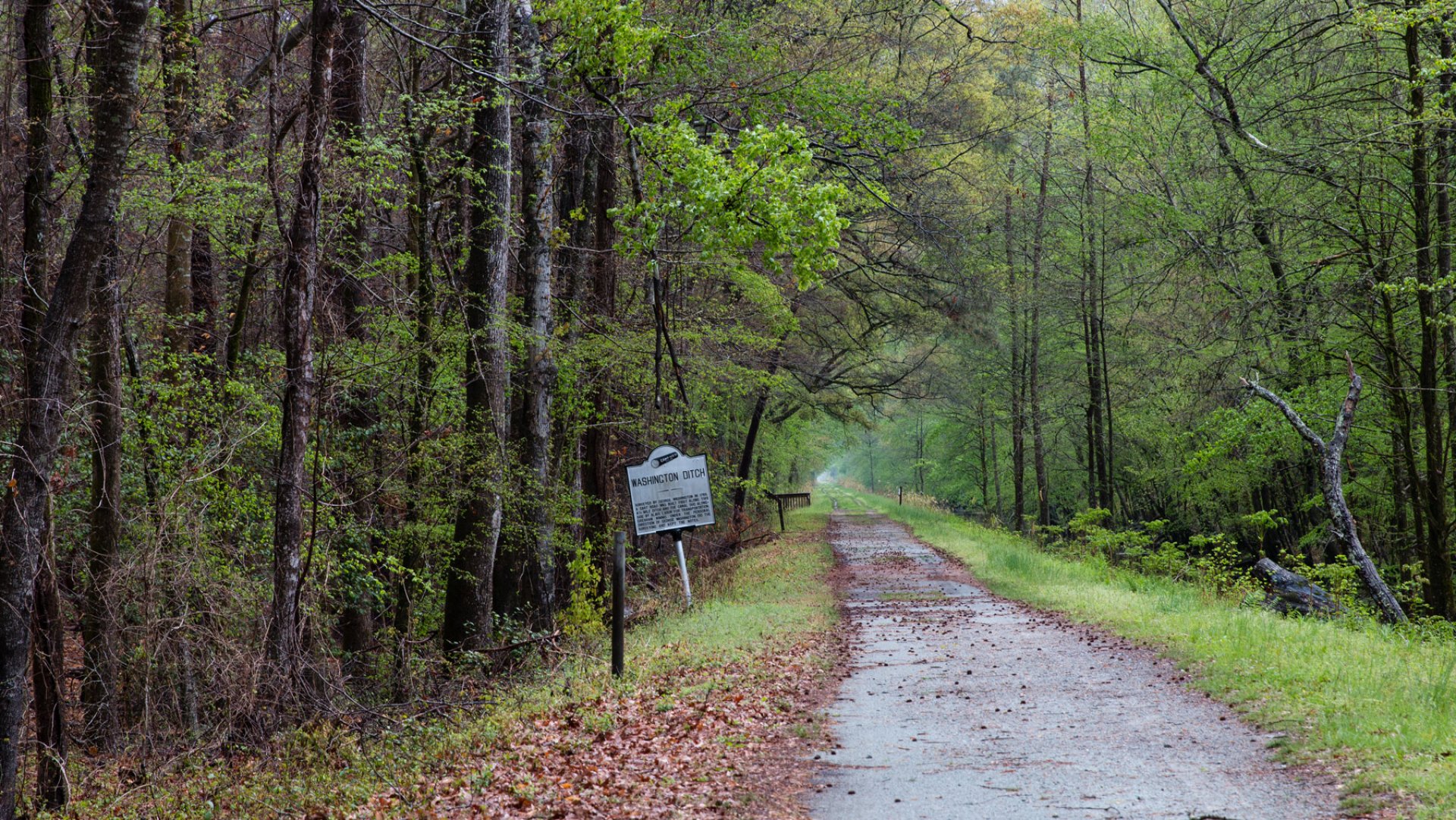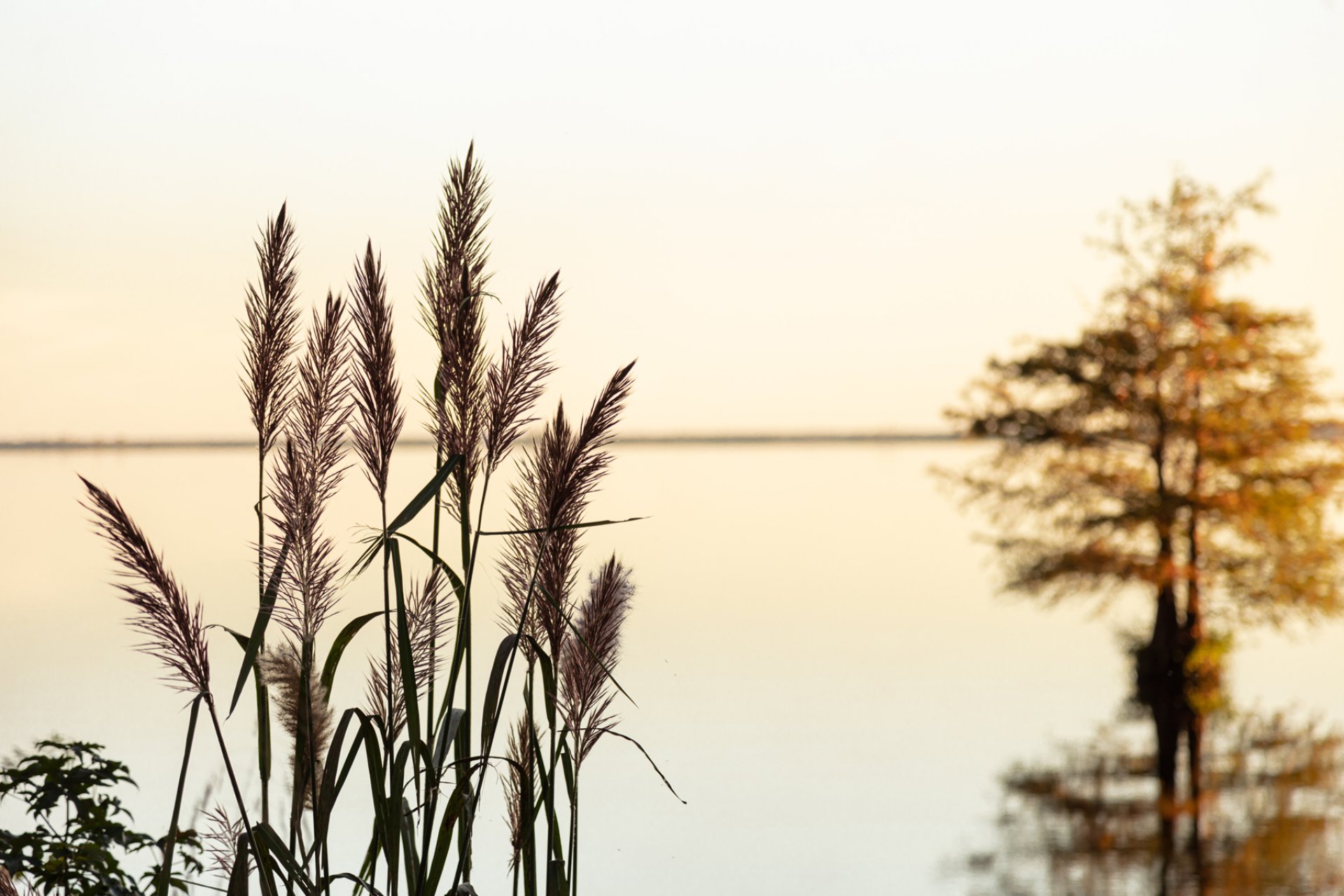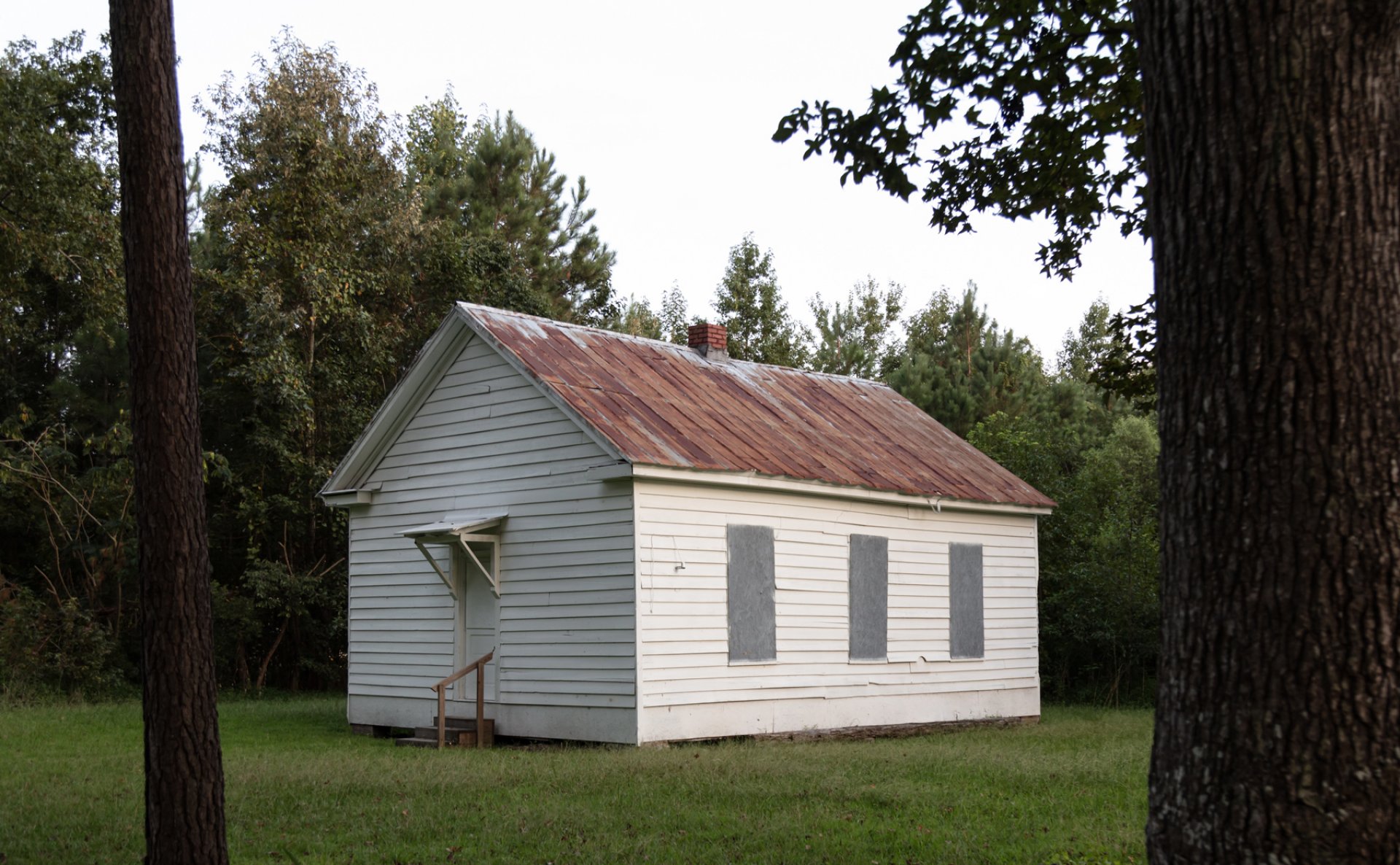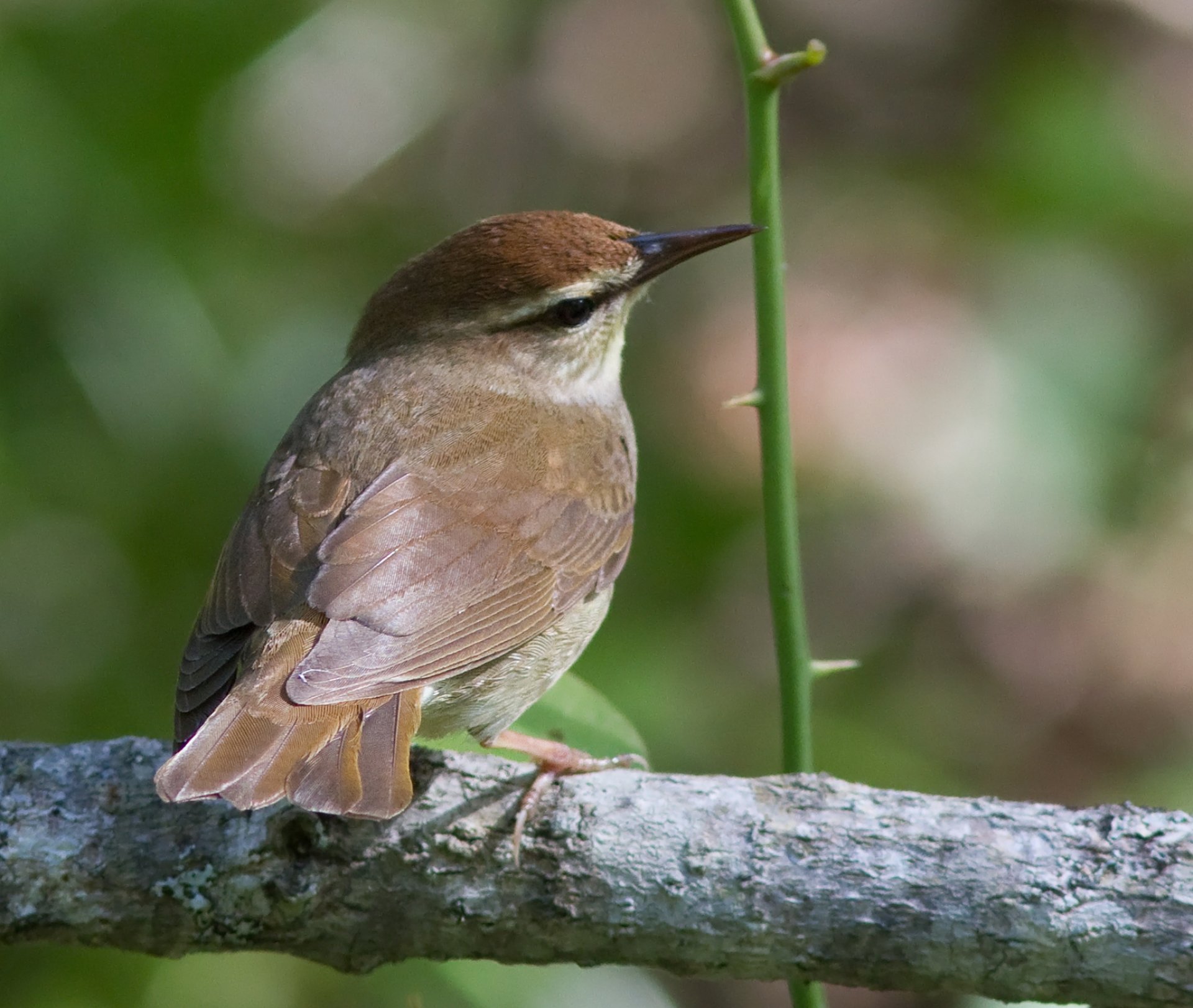Conservation: Great Dismal Swamp
Andrew Woods
Important cultural sites and roadless wilderness call for recognition and protection
Sitting along the border of eastern Virginia and North Carolina, the Great Dismal Swamp is a unique and valuable landscape, rich in both natural wonders and culture. It contains some of the last traces of a massive stretch of forest that once spanned more than one million acres and has served as a home for native people and wildlife for thousands of years.
The Great Dismal Swamp is home to the ancestral lands of the Nansemond Indian Nation; historic lands of the Haliwa-Saponi and Meherrin Tribes; the largest known collection of archaeological artifacts from Maroon colonies (generational communities of people of color who escaped a slaving society by living hidden in the marshes); one of the only known water-based stops on the Underground Railroad; and a thriving community descending from early colonial Free People of Color whose families resisted oppression by retreating toward the edge of the swamp.
Both the natural landscape and cultural heritage of this great forest are threatened by climate change, the expansion of nearby cities and ongoing extraction and transportation of dirty fossil fuels. Preserving and protecting the Dismal and its rich history and culture is vital to the health of the communities and ecosystems of the region.
The Great Dismal Swamp holds the largest known collection of archaeological artifacts in the continental United States from Maroon colonies, multi-generational self-sufficient communities established throughout the Dismal wilderness from the 16th century until the Civil War. Thriving in this imposing land, which one white colonial planter dismissed as “a “vast body of mire and nastiness,” the maroon communities persisted for generations.
The threat
The Great Dismal Swamp is a precious cultural and historical resource—embedded in a landscape threatened by increased development as well as storm surge and other effects of climate change. Now covering roughly one-tenth of its 1 million-acre extent from when George Washington first visited it, the swamp has been damaged by centuries’ worth of efforts to drain the swamp, extract timber, and build water and land infrastructure. All that development dried out the soil, stripped back the tree cover and left the swamp bereft of its natural means of self-regulation and balance. The result has been devastating forest fires, soil erosion, pollution due to energy infrastructure and species loss. These threaten not only the swamp and its natural and cultural treasures, but its capacity to absorb and trap carbon pollution that drives climate change.
What we're doing
-
Supporting a national heritage area designation
We support efforts like the Great Dismal Swamp National Heritage Area Act, which asks the Department of the Interior to explore designating a national heritage area in and around the Great Dismal Swamp. As members of the community-led Great Dismal Swamp Stakeholder Collaborative, we work to advance legislation like this, that will protect both the natural and cultural heritage of the swamp.
-
Adding needed cultural context
We are working with partners to compel the U.S. Fish and Wildlife Service to include a more complete range of cultural resources and historical context, especially related to Indigenous and African American communities, in materials about the Great Dismal Swamp National Wildlife Refuge.
-
Protecting roadless wilderness
We support the efforts of groups with cultural and ancestral links to the Great Dismal Swamp to recommend wilderness protection for 18,000 acres within a new Comprehensive Conservation Planning (CCP) process. In addition to preserving historical resources, this will help protect habitat for black bears and sensitive migratory bird species, among other wildlife.
